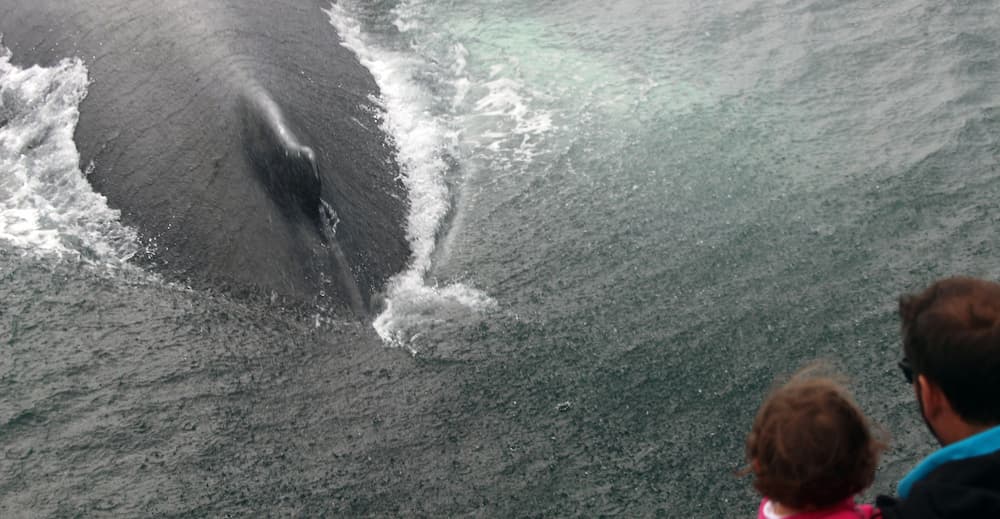
Whether this is your first time heading out on the water or your hundredth time, knowing how to prepare for your whale watch and what to expect is key to having an unforgettable experience. Here are some tips for your upcoming whale watching trip.
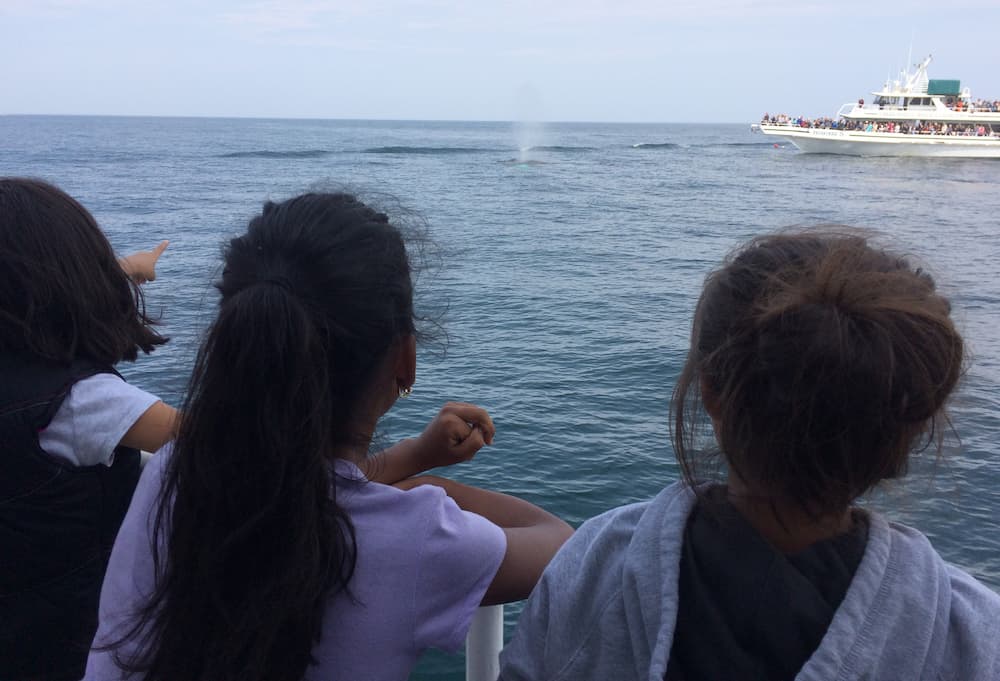
Avoid seasickness! Learn about what causes seasickness and some tips for easing symptoms here
Pack a lunch or favorite snacks! Most boat companies allow you to bring your own food and beverages on board, but glass bottles and alcoholic beverages are usually not permitted. Check with individual companies beforehand.
Dress in layers! It’s better to have to remove a layer than to have too few and be cold.
Don't forget the sunblock and sunglasses! Water reflects the sun’s rays. Glare on the water can limit vision.
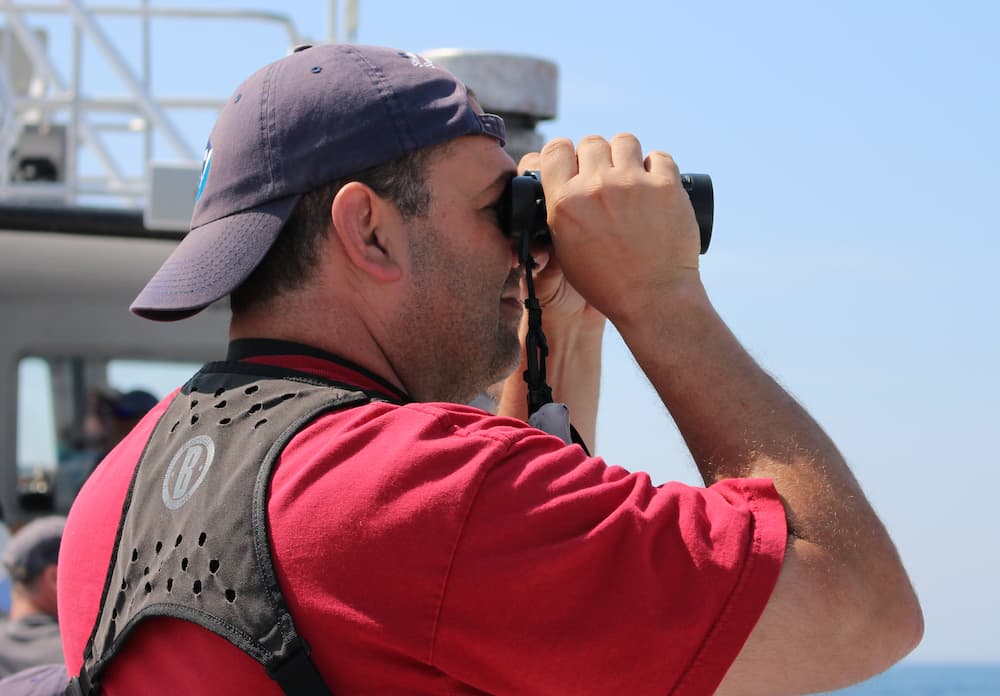
Here is a short list of things you may want to bring on your trip.
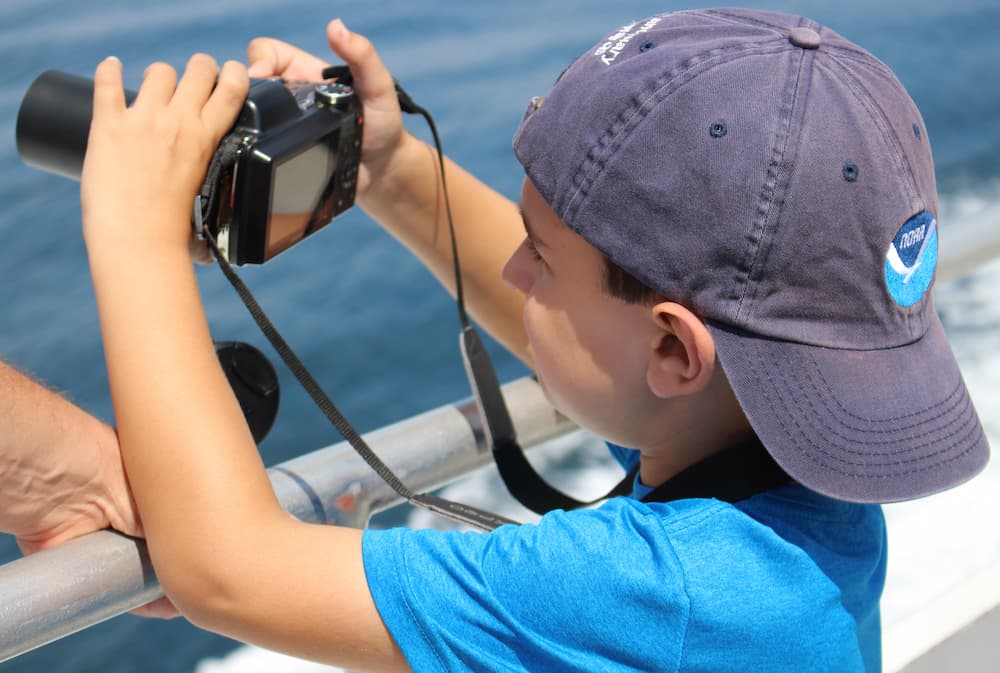
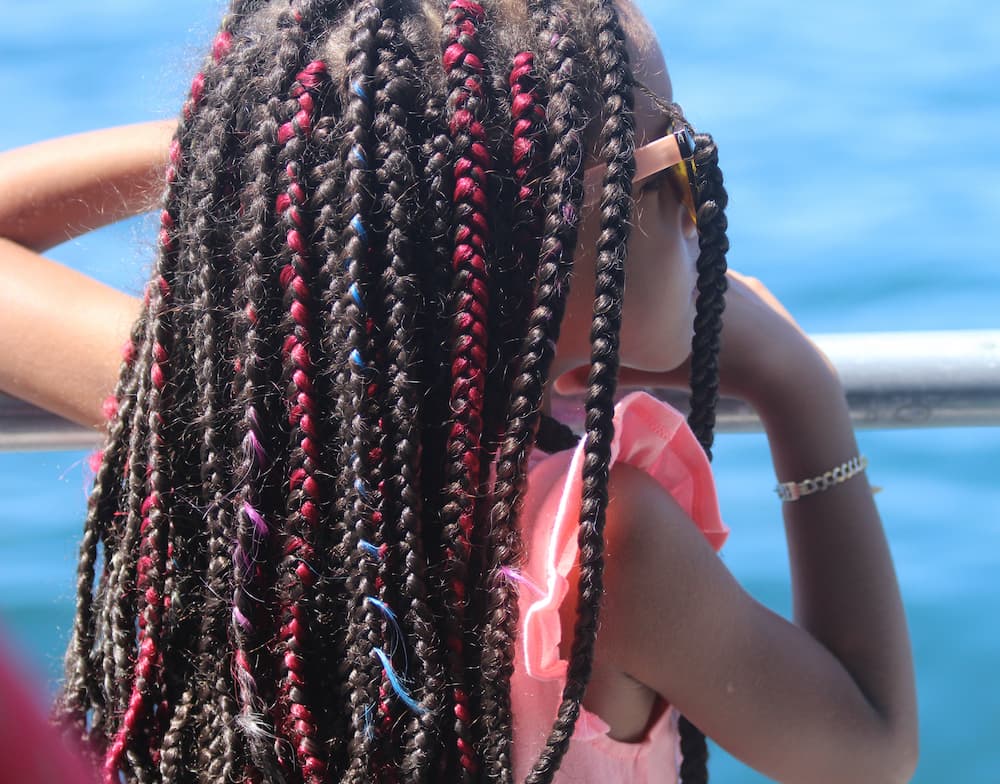
Children may get restless on the long trip out or back from the whales. Here are some things to bring:
Keep safety in mind. Vessels are made of metal, can be slippery if wet, and may move erratically due to ocean forces.